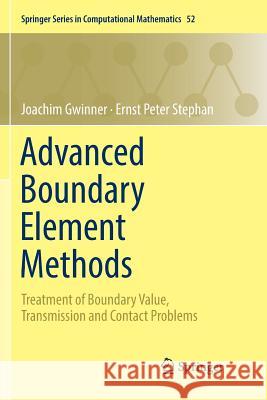Advanced Boundary Element Methods: Treatment of Boundary Value, Transmission and Contact Problems » książka
topmenu
Advanced Boundary Element Methods: Treatment of Boundary Value, Transmission and Contact Problems
ISBN-13: 9783030063467 / Angielski / Miękka / 2019 / 652 str.
Advanced Boundary Element Methods: Treatment of Boundary Value, Transmission and Contact Problems
ISBN-13: 9783030063467 / Angielski / Miękka / 2019 / 652 str.
cena 363,12
(netto: 345,83 VAT: 5%)
Najniższa cena z 30 dni: 346,96
(netto: 345,83 VAT: 5%)
Najniższa cena z 30 dni: 346,96
Termin realizacji zamówienia:
ok. 22 dni roboczych
Dostawa w 2026 r.
ok. 22 dni roboczych
Dostawa w 2026 r.
Darmowa dostawa!
Kategorie:
Kategorie BISAC:
Wydawca:
Springer
Seria wydawnicza:
Język:
Angielski
ISBN-13:
9783030063467
Rok wydania:
2019
Wydanie:
Softcover Repri
Numer serii:
000904294
Ilość stron:
652
Waga:
0.92 kg
Wymiary:
23.39 x 15.6 x 3.43
Oprawa:
Miękka
Wolumenów:
01
Dodatkowe informacje:
Wydanie ilustrowane











